-
Patio Room240 mins
- Policy and regulation
- System planning
1:00 - 5:00 PM PST
Sponsored by:
California grid operator CAISO is revising its interconnection process to address unprecedented and unsustainable request volumes. In this workshop, the Department of Energy’s Interconnection Innovation e-Xchange will introduce participants to the reworked process and help them navigate it efficiently. This mostly-analog, discussion-focused session will include interconnection thought problems which attendees will group up to solve by envisioning the interconnection process under specified conditions and parameters.
-
Plaza Arbor60 mins4:00 - 5:00 PM PST
-
Opening receptionPlaza Arbor60 mins
- Networking
5:00-6:00 PM PST
Sponsored by:

-
Plaza Arbor510 mins7:30 AM - 4:00 PM PST
-
BreakfastPlaza Arbor75 mins
- Networking
7:30-8:45 AM PST
-
Plaza Ballroom I II90 mins8:45-10:15 AM PST
-
Plaza Ballroom I II45 mins
- Utility-scale
- Policy and regulation
- DER
10:30-11:15 AM PST
This session is an introduction to the basics of interconnection in California. It will discuss what qualifies as a study and compare distribution and transmission grid interconnection processes. Panelists will elaborate on how to effectively communicate with the local utility and grid operator CAISO while abiding by the rules established by CEC and CPUC. Whether you're an experienced engineer or an interconnection novice, this crash course will have something for everyone.
-
Patio Room45 mins
- Battery storage
- Solar
- DER
10:30-11:15 AM PST
Sponsored by:
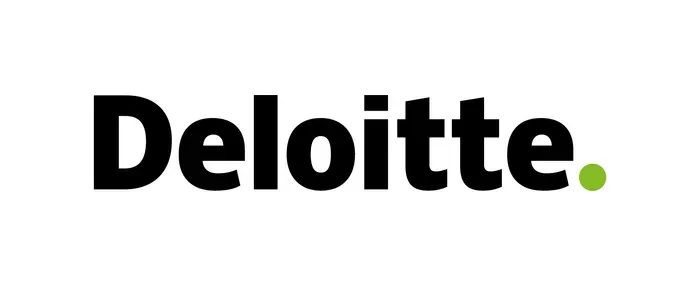
As we bring more DERs onto the grid, cybersecurity is paramount. A new standard 1547.3 explores standardizing cybersecurity for DERs and assesses the risks posed to a diverse collection of stakeholders, including asset owners and operators. This session will explore how to protect essential energy assets via cybersecurity.
-
Pacific Room45 mins
- Utility-scale
- System planning
10:30-11:15 AM PST
Sponsored by:
Rising demand for efficient and reliable grid operations, coupled with new regulatory requirements including FERC-881, are challenging power grid operators to implement accurate, real-time monitoring for numerous aspects of their network from power generation through to customer delivery. Distributed Fiber Optic Sensing (DFOS) technologies provide effective and reliable tools to generate and produce the data required enabling regulatory compliance, circuit reliability, and prompt, accurate detection of hazards to infrastructure elements, while ensuring transmission circuit operation at safe ampacity levels.
This session will focus on the feature-function-benefits to grid operations utilizing fiber optic sensing, discuss implementation models & pilot trials, and review Case Studies for live projects encompassing both US based and global power utility providers.
-
Plaza Ballroom I II45 mins
- Utility-scale
- Policy and regulation
- Electric vehicle and the grid
11:30-12:15 PM PST
Sponsored by:

CAISO is finalizing its Interconnection Process Enhancements, an initiative that addresses the “unprecedented and unsustainable interconnection request volumes” in its study windows. This session will explore how the new process might work for all stakeholders and how it intends to speed up queues.
-
Patio Room45 mins
- Microgrids
- Virtual power plants
- DER
11:30-12:15 PM PST
Sponsored by:
This session will consider models for operating virtual power plants including architecture, participation pathways, and alternatives to FERC Order 2222. Should utilities handle VPPs, or should their operation be outsourced? If the DSO model isn't the right structure. what is?
-
Pacific Room45 mins
- Utility-scale
- Electric vehicle and the grid
11:30-12:15 PM PST
Hosted by:

Join industry experts and thought leaders for a dynamic roundtable discussion on the transformative potential of AI in grid operations. Artificial Intelligence is poised to revolutionize utility grid architecture, offering unprecedented enhancements in efficiency, reliability, and sustainability. This session will delve into key areas and use cases, including grid operations, system planning, and asset management. As the demand for electrification grows and the ecosystem of distributed energy resources becomes more complex, AI will be critical in managing and optimizing the grid of the future. Engage in insightful conversations and uncover actionable strategies to leverage AI for a smarter, more resilient energy grid. This session will focus on the current landscape of AI applications for the grid and highlight key areas where AI can and should be deployed to support grid operations, planning, and management.
-
LunchPlaza Arbor60 mins
- Networking
12:15-1:15 PM PST
-
Plaza Ballroom I II45 mins
- Utility-scale
- Policy and regulation
- Electric vehicle and the grid
1:15-2:00 PM PST
Sponsored by:
Streamlining the utility interconnection process and enhancing the customer experience is foundational for the adoption of solar and batteries, as well as boosting grid reliability through vehicle-to-grid and virtual power plants. The service upgrade processes in California are often inefficient, slow, and frustrating for customers and developers who want to interconnect. This session will discuss the ways IOUs are trying to make the experience smoother, including PG&E’s innovative vehicle to grid pilot and SDG&E's Builder's Express program. This session will also include Sunrun sharing additional best practices to enable customer adoption and more efficient utility processes.
-
Patio Room45 mins
- Battery storage
- Policy and regulation
- DER
1:15-2:00 PM PST
In this session, Sandia National Laboratories will share findings from its work with utilities to improve DER interconnection. Sandia will present tools and algorithms that incorporate customer smart meter data and estimate the amount of solar that can be installed at a given location.
Attendees will learn about challenges and solutions for interconnecting distributed energy resources in downtown secondary grid networks. This session will present ideas for increasing the hosting capacity of distribution networks through switching changes to reconfigure the system.
-
Plaza Ballroom III45 mins
- Policy and regulation
1:15-2:00 PM PST
Sponsored by:
This engaging session focuses on the ever-changing regulatory landscape and its impact on renewable energy generation and storage, as well as what additional changes we may expect. Transect's analysis will encompass NEPA reform, updates to the Clean Water Act, and state environmental regulatory changes. Learn how to adeptly navigate these changes, optimize project development, and minimize environmental impacts.
Join Robin Laine, CEO and Co-founder of Transect, for valuable insights into the evolving renewable energy landscape and the boundless opportunities technology offers.
-
Plaza Ballroom I II45 mins
- Utility-scale
- Electric vehicle and the grid
- DER
2:15-3:00 PM PST
Sponsored by:

California is quickly electrifying large fleets and adding massive load to the electric grid. However, no statewide interconnection rules apply to EV charging infrastructure. This session will explore how fleet owners are getting the job done, how drayage might work, and how grid operators are managing increased demands. How does hydrogen fit into the equation?
-
Patio Room45 mins
- Utility-scale
- System planning
2:15-3:00 PM PST
Sponsored by:

To meet our climate goals we must build more transmission, but permitting can be a major challenge to transmission development. How can utilities and transmission owners effectively navigate complex rules, capacity challenges, and still get projects online on time? What lies ahead in the next year?
-
Pacific Room45 mins
- Utility-scale
- Policy and regulation
2:15-3:00 PM PST
Sponsored by:
With the significant and evolving requests being managed in the queue today, a major advancement in communication and processing is necessary to effectively handle this influx. Further, Generation Interconnection improvements with FERC Order 2023 will require substantial rework in the enabling tools used by Regional Transmission Organizations (RTO), non-RTO Transmission Providers, and Utility Operating Companies.
This session will bring together these key stakeholders with technology providers to investigate a more holistic, collaborative, and integrated solution to properly serve their customers and members, a solution that will:
- Streamline the interconnection process
- Establish centralized real-time communication
- Enable centralized model access and automation
- Introduce a cost estimation learning engine
- Implement sophisticated cost allocation methods
- Incorporate digitization principles and cybersecurity
-
Plaza Ballroom I II45 mins
- Utility-scale
- Policy and regulation
- DER
3:15-4:00 PM PST
Last year, California passed legislation addressing delays in customer connections to the utility distribution grid. Two CPUC studies found that managing DER development, including interconnection, could make a $30 billion difference in costs to upgrade the distribution grid. Technologies and strategies applied at DER interconnection (i.e. phased or flexible interconnection, automated load management, on-site DERs, and others) provide an opportunity to improve grid connection timelines and reduce costs. This session will explore ways California's distribution grid can be improved via mitigated interconnection.
-
Patio Room45 mins
- Virtual power plants
- Policy and regulation
- System planning
3:15-4:00 PM PST
Sponsored by:
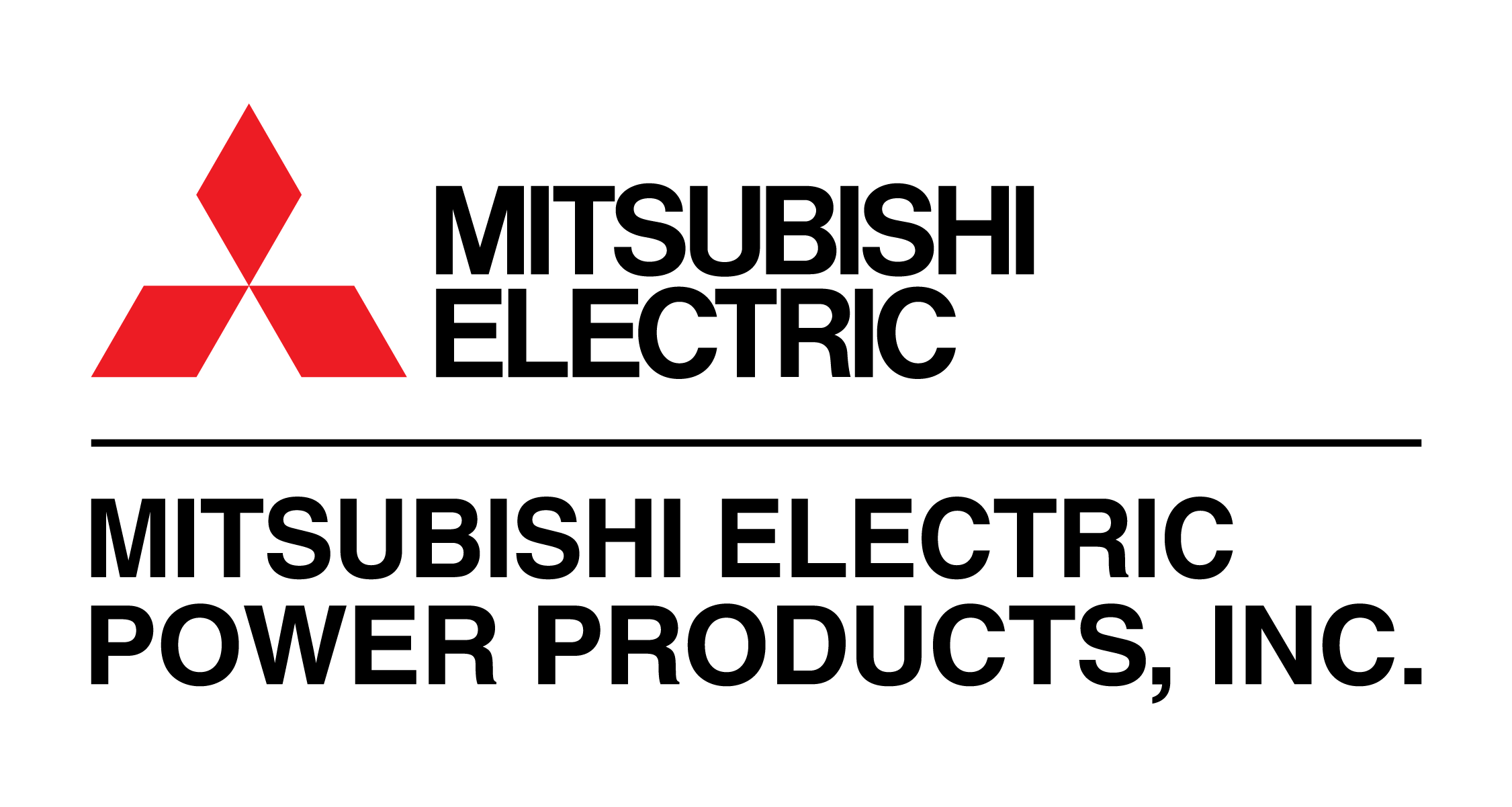
Alternative technologies can help us plan and operate the electric grid more effectively and efficiently. This session will explore the implementation of power flow controlling devices, topology optimization, and using near real-time data to predictively rerate lines. How will these tools help us meet the growing needs of electrification?
-
Plaza Ballroom III15 mins
- Utility-scale
- Policy and regulation
3:15-3:30 PM PST
Sponsored by:
Learn how leading utilities, including Arizona Public Service (APS), have digitalized their utility-scale interconnection processes to improve efficiency, adaptability, and transparency. The presentation will provide an overview of how APS swiftly adapted their interconnection workflow to comply with the new FERC Order 2023 regulations.
-
Plaza Ballroom III15 mins
- Utility-scale
- System planning
3:35-3:50 PM PST
Sponsored by:
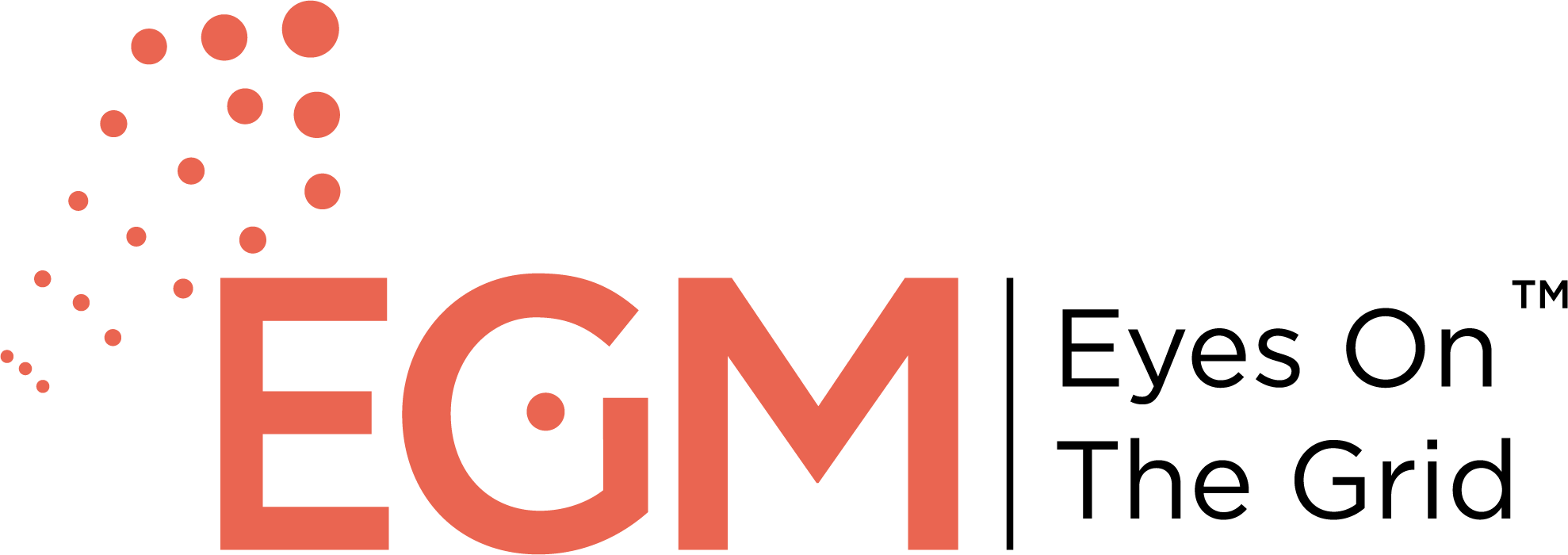
-
Non-wire alternatives as real-world solutions: How DERs impact transmission planning and reliabilityPlaza Ballroom I II45 mins
- Microgrids
- Utility-scale
- DER
4:15-5:00 PM PST
Sponsored by:

As California adds more Distributed Energy Resources (DERs) to the grid, transmission planners must account for extra load. How can we spot issues on the distribution grid before they cause problems at the transmission level? This session will discuss reliability reform on both sides of the meter, FERC Order 2222, and explore how DERs can postpone or forgo transmission development.
-
Patio Room45 mins
- Virtual power plants
- Utility-scale
- DER
4:15-5:00 PM PST
Presented by:
Artificial intelligence and machine learning dominate conversations across the energy industry. This session will explore how these new tools can optimize planning and alleviate pain points like long interconnection queues. It will also feature use cases that are already being implemented at scale.
-
Plaza Ballroom III15 mins
- DER
4:15-4:30 PM PST
Sponsored by:

Distributed Energy Resources (DERs) play a pivotal role in modern electrical grids, offering solutions for sustainability, reliability, and resilience. As the energy landscape evolves, there's an increasing need for robust research and testing frameworks to ensure DERs seamlessly integrate into existing grid infrastructures. Discover how UC San Diego’s NSF-funded DERConnect testbed is revolutionizing DER integration with its diverse assets, advanced DER Management System (DERMS), and real-time grid simulation. This session provides insights into the design, operation, and collaborative research opportunities at DERConnect, offering a glimpse into the future of sustainable energy systems.
-
Happy hourPlaza Arbor60 mins
- Networking
5:00-6:00 PM PST
Sponsored by:

-
Plaza Arbor210 mins7:30-11:00 AM PST
-
BreakfastPlaza Arbor60 mins
- Networking
7:30-8:30 AM PST
-
Plaza Ballroom I II45 mins
- Battery storage
- Policy and regulation
- Electric vehicle and the grid
8:30-9:15 AM PST
Sponsored by:

We can dance if we want to, but we'd rather talk about battery energy storage fires. More specifically, storage safety. This session will incorporate fire officials into a discussion centered on the uniqueness of battery fires, how to prevent them, and how to fight them. Panelists will share what it means to "fail safe," elaborate on prevention and safety mechanisms, and consider how to effectively communicate risks to the community.
-
Patio Room45 mins
- Policy and regulation
- Solar
- Community solar
8:30-9:15 AM PST
Sponsored by:
Electric Rule 21 describes interconnection, operating, and metering requirements but it doesn't consider energy equity. Yet such consideration is baked into California's policies via SB 350. This session will explore ways to make California's grid a more inclusive and equitable one. Panelists will explain how the interconnection process can be a barrier to renewable energy, discuss the financing challenges facing LMI projects and incentives to develop them, and innovative and collaborative projects in CA.
-
Plaza Ballroom III45 mins
- Virtual power plants
- Utility-scale
- Electric vehicle and the grid
8:30-9:15 AM PST
Sponsored by:
From data to action! In the world of utility data, none may be more valuable to the modern energy system than smart meter data. With modern technology solutions and the cloud, the world has changed in terms of what can be done with this data to fundamentally shift the use cases in how utilities can use smart meter data to drive their operations and business; to help them deal with the challenges created by the integration of renewables and electrification.
In this session, we will hear perspectives from Dean Van Gerrevink, GM of Smart Meter solutions with Vector Technology Solutions, with a compelling perspective and set of use cases from Vector in Australia and New Zealand where they are facing energy transition challenges similar to California and other parts of the US.
-
Plaza Ballroom I II45 mins
- Virtual power plants
- Battery storage
- DER
9:30-10:15 AM PST
Sponsored by:

Battery energy storage is a multifunctional solution for a variety of grid constraints. California just approved energy systems connecting to the grid with export schedules. There's great potential for using storage not just for meeting energy demands but also for providing ancillary services. This session will explore market incentives and how they're guiding battery development while exploring innovative and creative battery projects.
-
Patio Room45 mins
- Virtual power plants
- Battery storage
- Utility-scale
9:30-10:15 AM PST
This session will delve into the value streams that Battery Energy Storage Systems (BESS) can offer in shaping the future of the California grid. Panelists will share their insights on how batteries can be leveraged to provide energy, ancillary services, and potentially avoid or delay transmission upgrades while maintaining grid reliability. Additionally, the panel will discuss challenges related to modeling and the regulatory landscape.
-
Pacific Room45 mins
- Utility-scale
- Policy and regulation
9:30-10:15 AM PST
Presented by:
FERC Order 2023-A is a landmark decision updating generator interconnection procedures and agreements. Some alterations have been made to the cluster study process, analyzing affected systems, and reforms for technological advancements to be considered in the interconnection process. If you’re like PGE, you’re probably elbow-deep in figuring out how to address these drastic changes.
Join this session to learn how to shift processes, reconceptualize workload prioritization and the use of consultants, and ensure organizational alignment to make the journey to compliance as painless as possible.
-
Plaza Ballroom I II45 mins
- Microgrids
- Virtual power plants
- Battery storage
10:30-11:15 AM PST
Sponsored by:

As wildfires become increasingly frequent in California, clean energy microgrids are emerging as a resiliency solution. This session will discuss the advantages of using small-scale, local energy sources disconnected from regional grids during emergencies.
-
Patio Room45 mins
- Policy and regulation
- Solar
- Community solar
10:30-11:15 AM PST
Can a community solar program survive (or thrive?) in California? Is it even legal? This session will discuss California's Community Solar Initiative. Panelists will delve into the program's unique features including storage and elaborate on incentive structures that could promote the development of such an industry. The session will also include the latest developments in the program and discuss how disadvantaged communities could be included.
-
Plaza Ballroom III45 mins
- Utility-scale
- Policy and regulation
- System planning
10:30-11:15 AM PST
The Western grid is in the midst of a transformation designed to boost reliability, support decarbonization efforts, and improve regional cooperation. The recently approved extended day-ahead market (EDAM) presents an opportunity to improve market efficiency and expedite clean energy deployment. This panel discussion will unpack CAISO’s market evolution and its focus on supporting regional cooperation across the West.
-
Plaza Ballroom I II60 mins
- Policy and regulation
- DER
11:30-12:15 PM PST
Sponsored by:
The U.S. Department of Energy Interconnection Innovation e-Xchange (i2X) convened diverse stakeholders across the U.S. electricity ecosystem to formulate a practical 5-year Strategic Roadmap for implementing simpler, faster, and fairer interconnection processes while enhancing the reliability, resiliency, and security of our distribution and transmission grid networks. Through a series of virtual meetings covering key issues such as cost allocation, queue management, data transparency, equity, workforce, and grid engineering practices, the i2X team facilitated numerous open dialogues about important interconnection issues, knowledge gaps, practical short-term solutions, and few paradigm-shifting ideas. The result is a roadmap for the next five years of interconnection innovation for stakeholders by stakeholders.
This is your chance to share your feedback and comments with the Department of Energy and i2X!
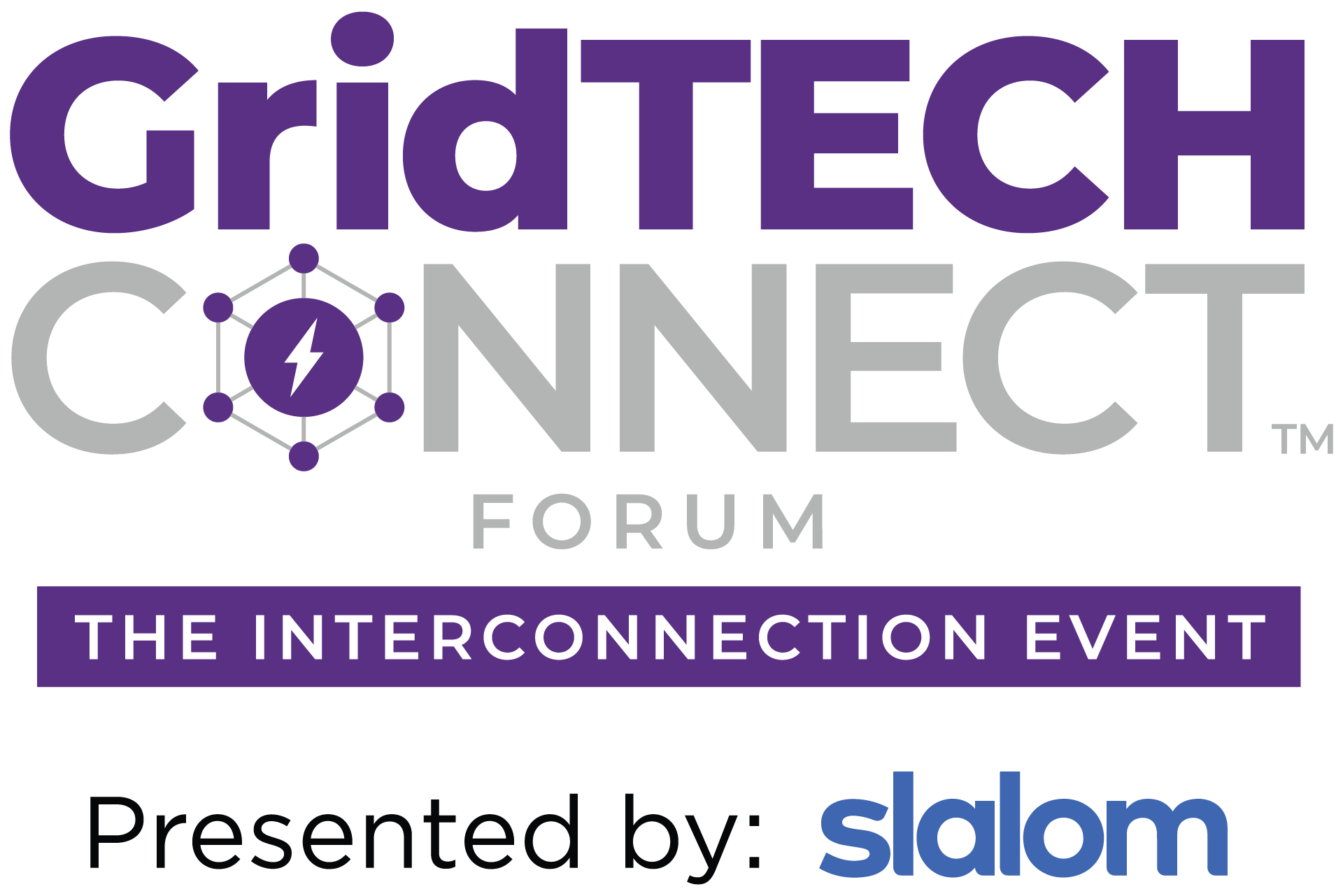


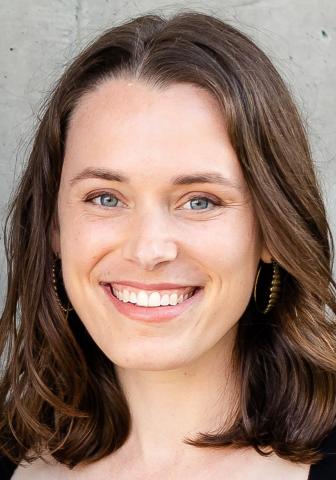
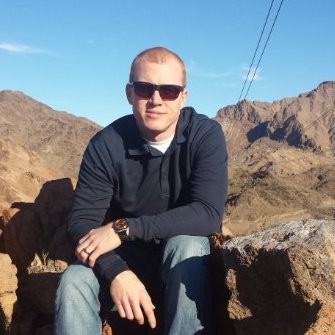
)
)
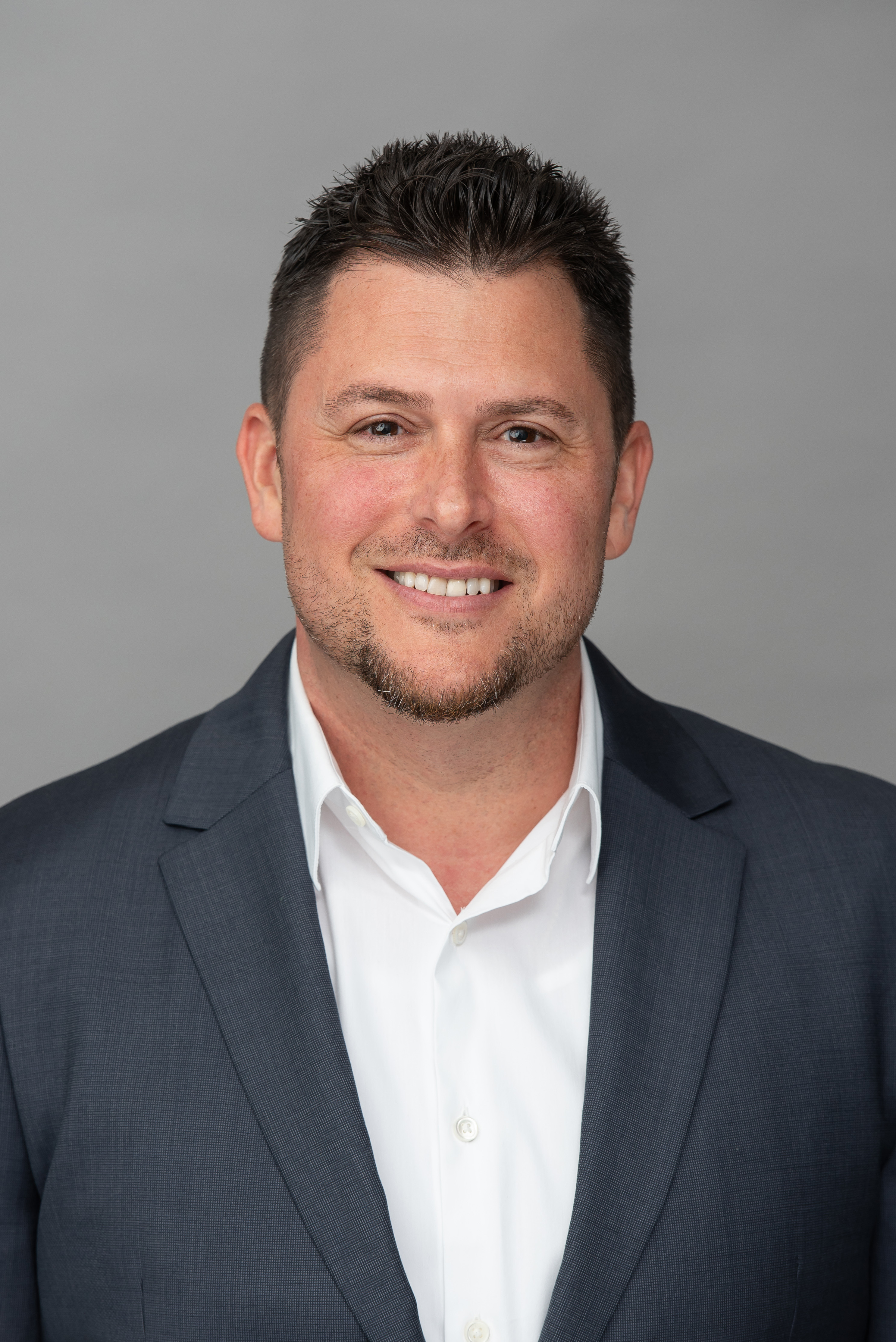
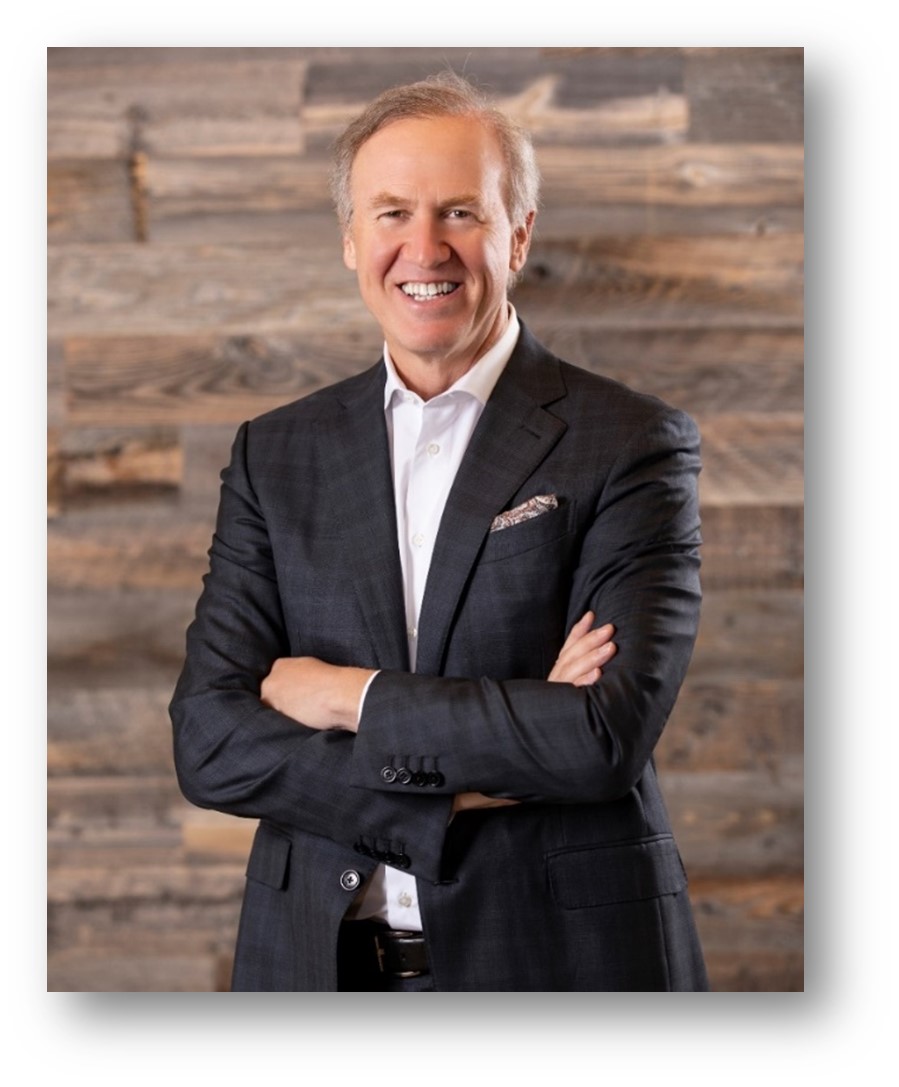
)
)
)
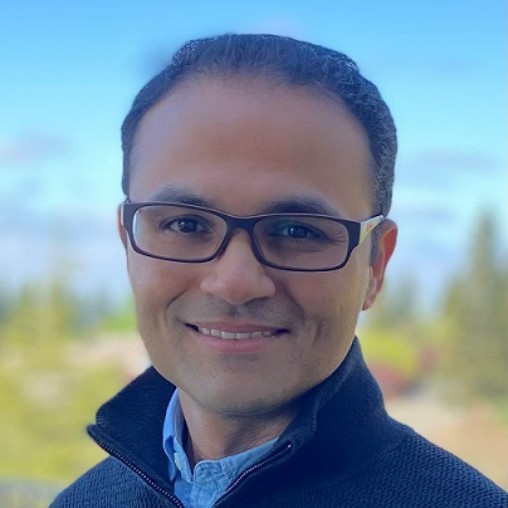
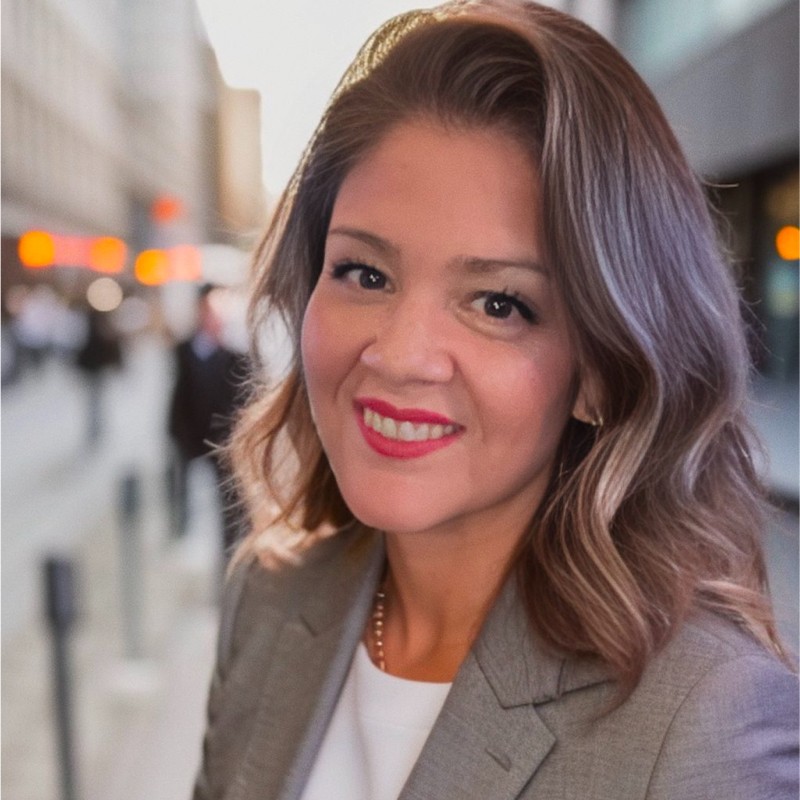
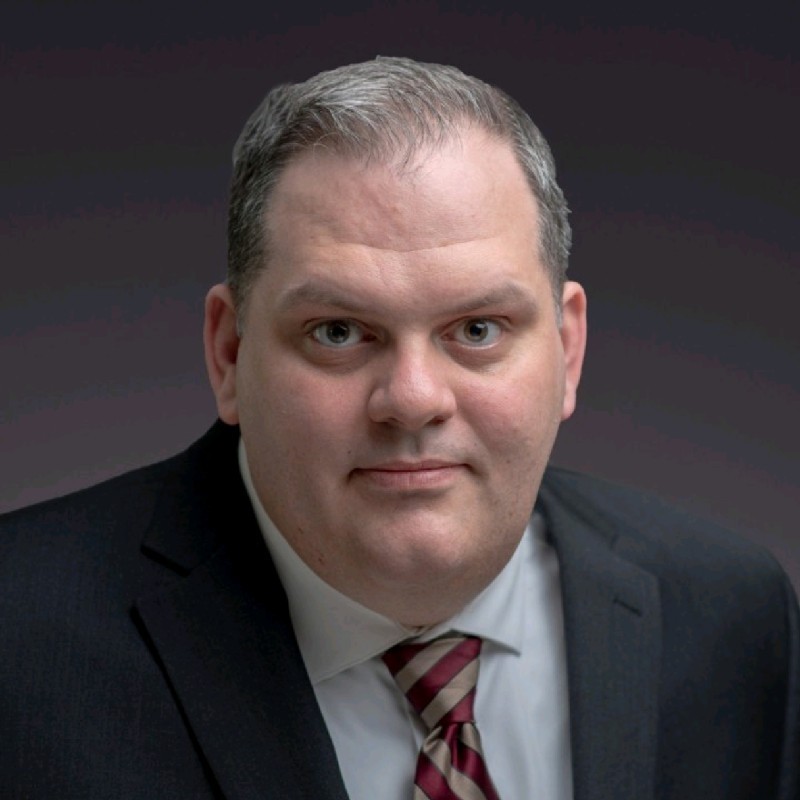
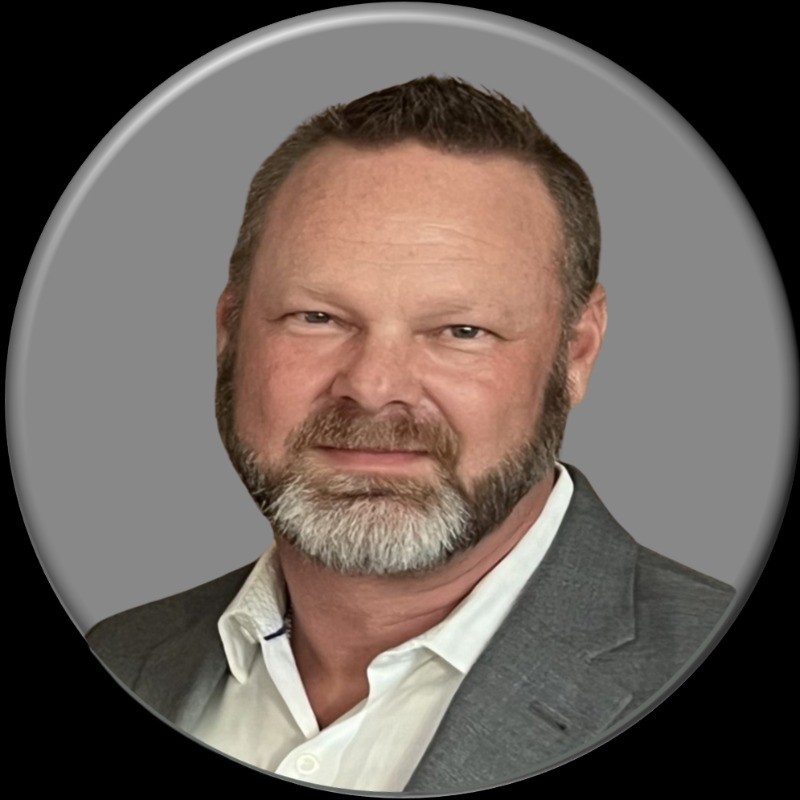

)



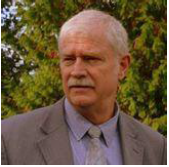
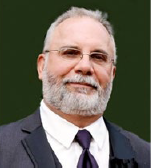
)
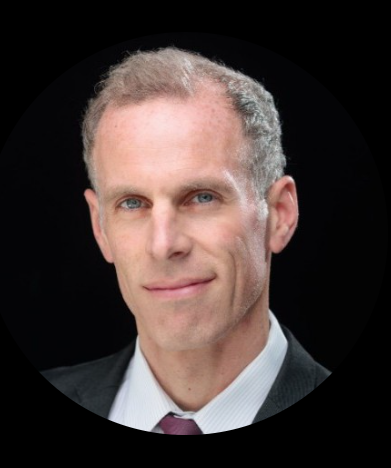
)


)
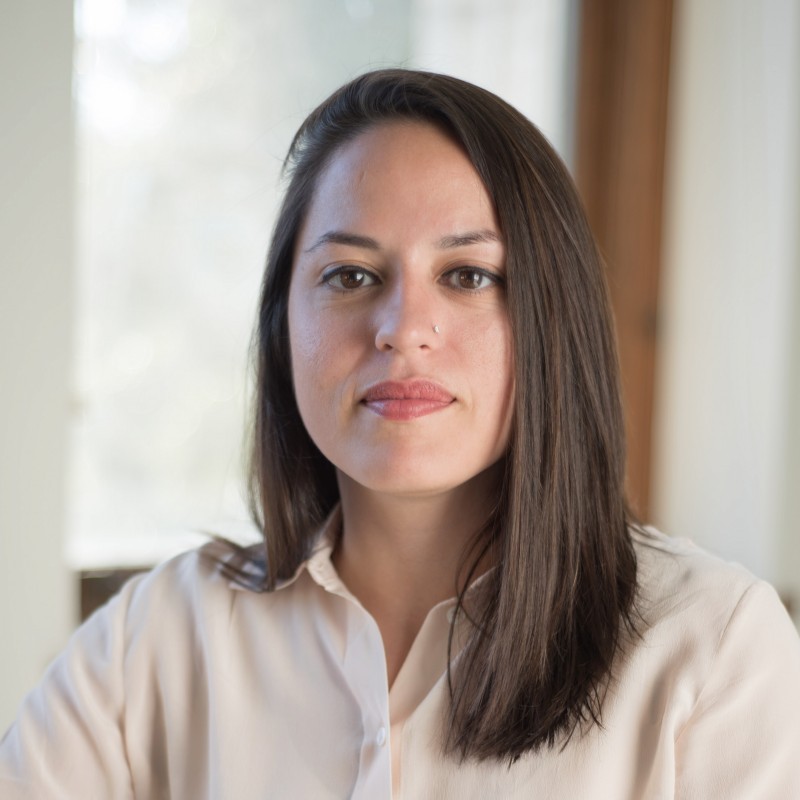

)
)


)
)
)


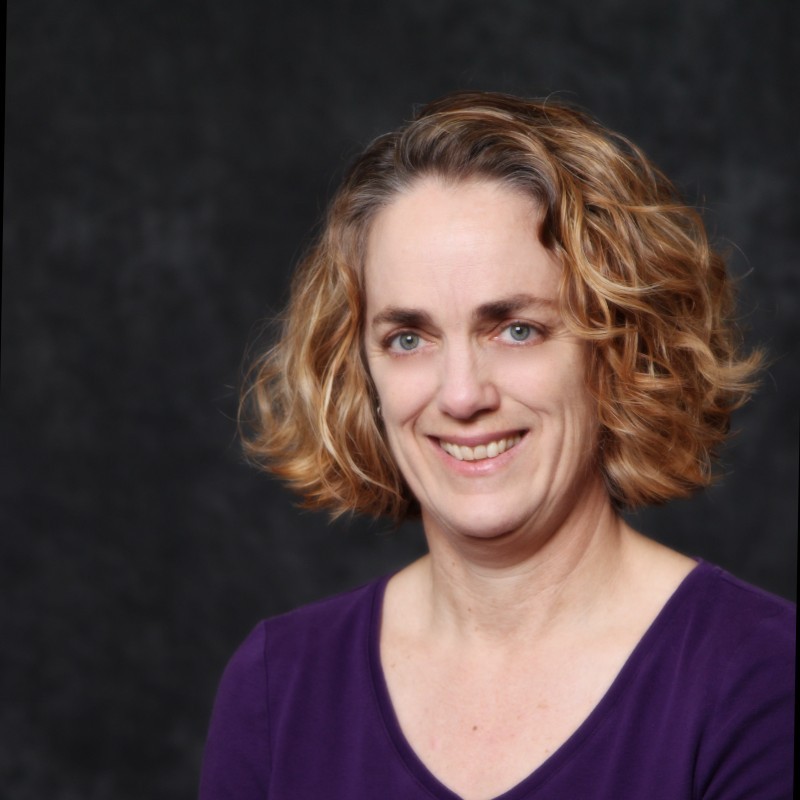

)

)

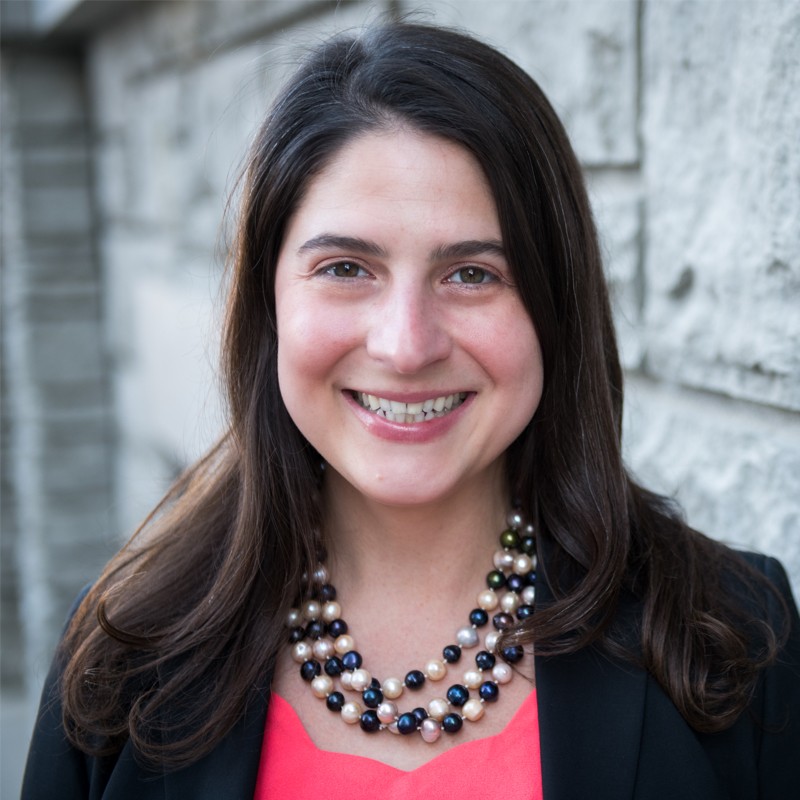
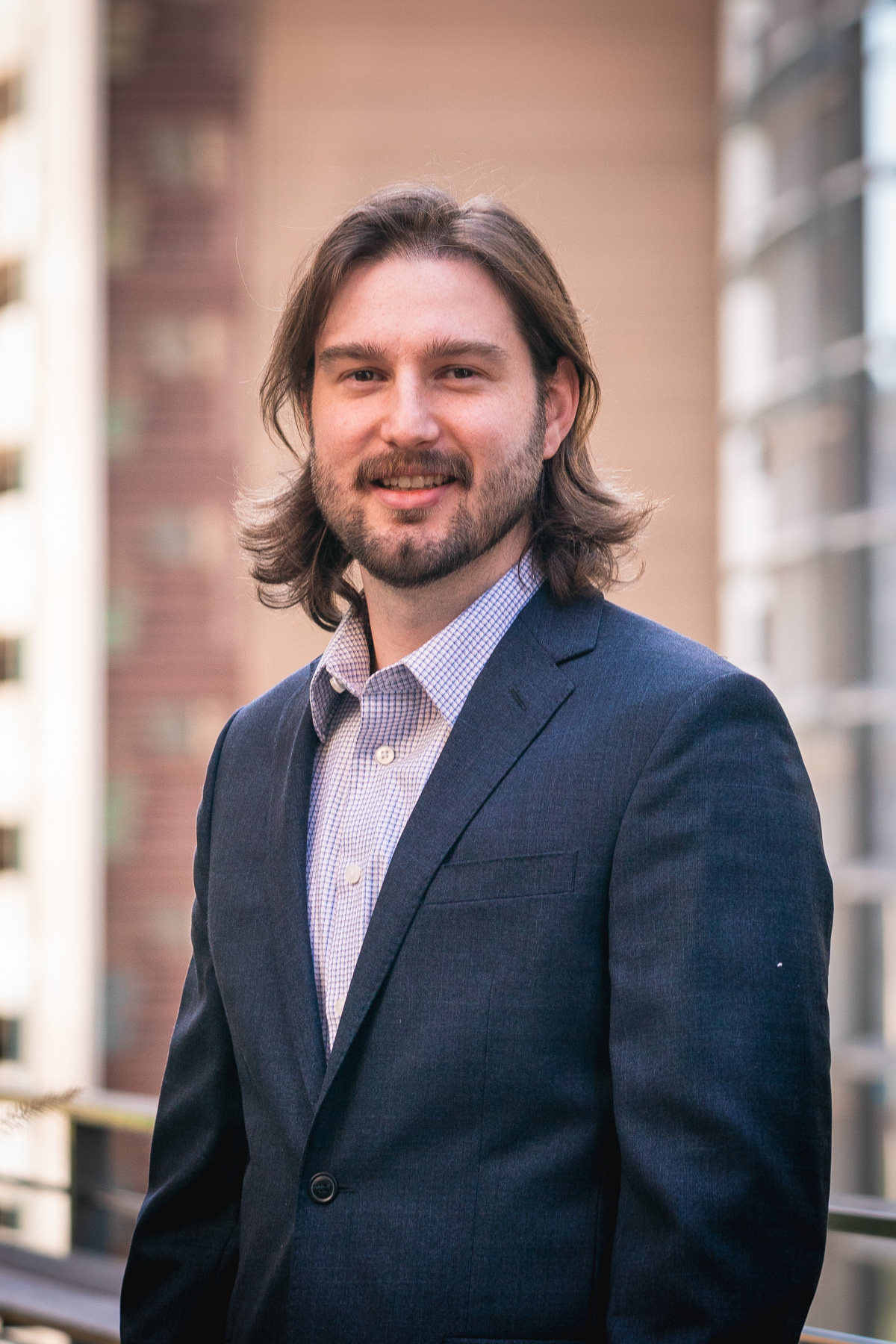
)

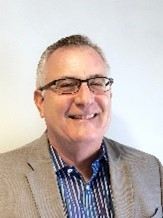
)
)
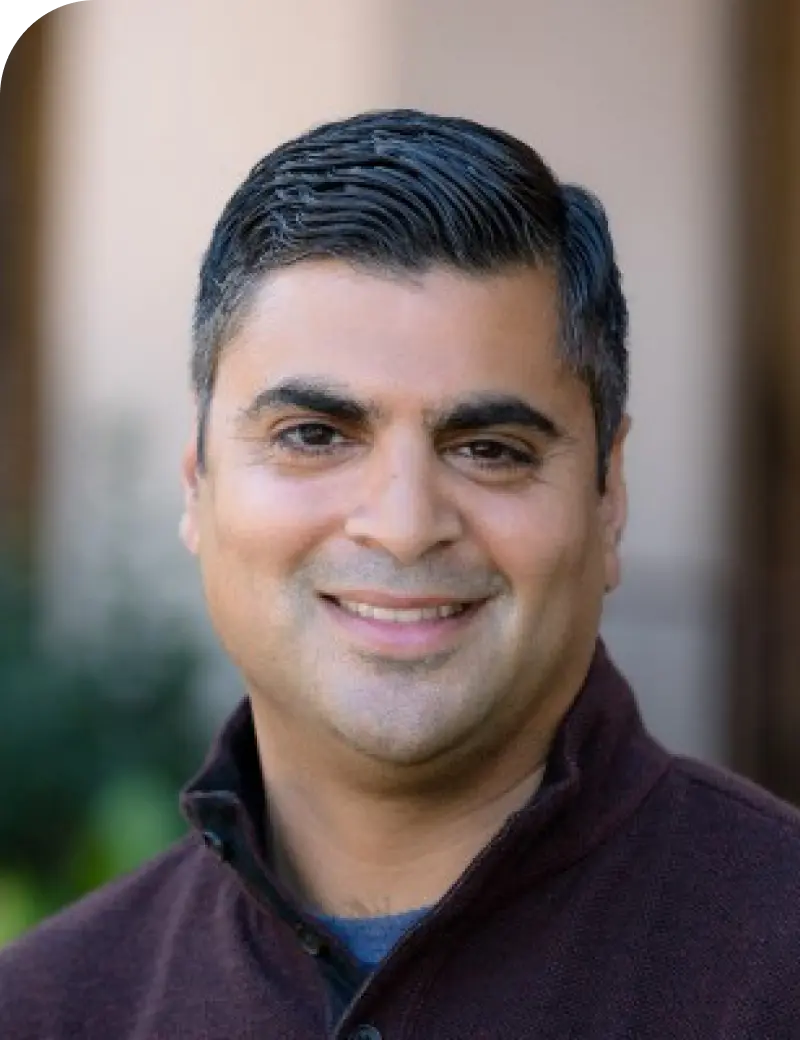

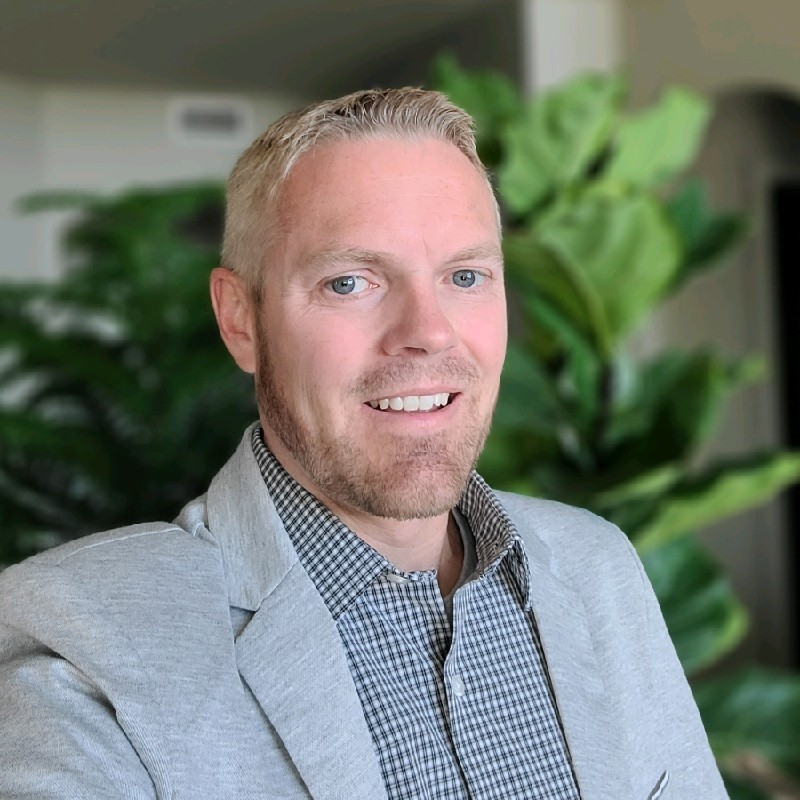

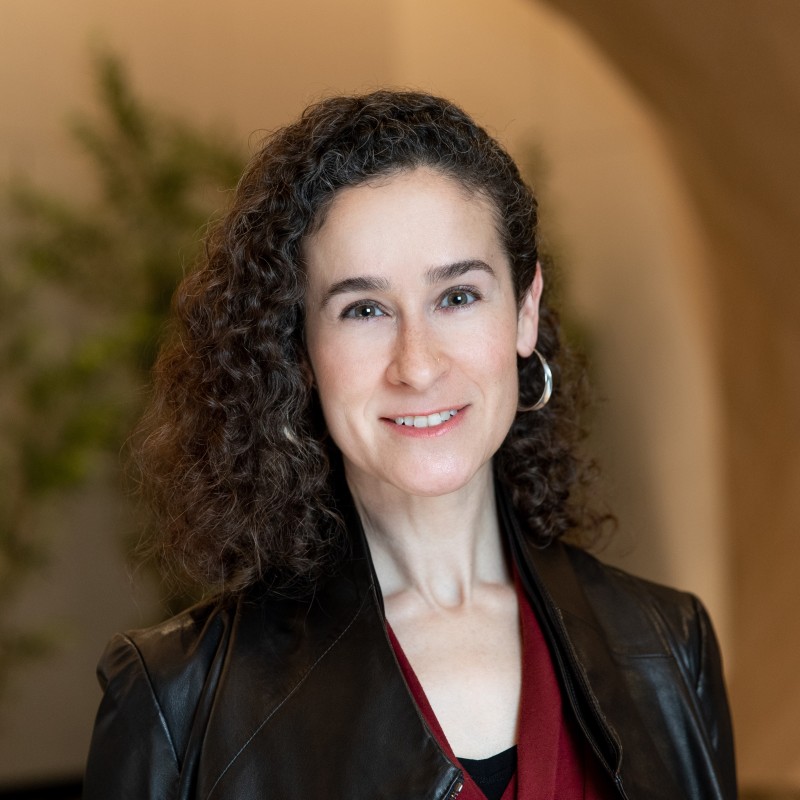

)

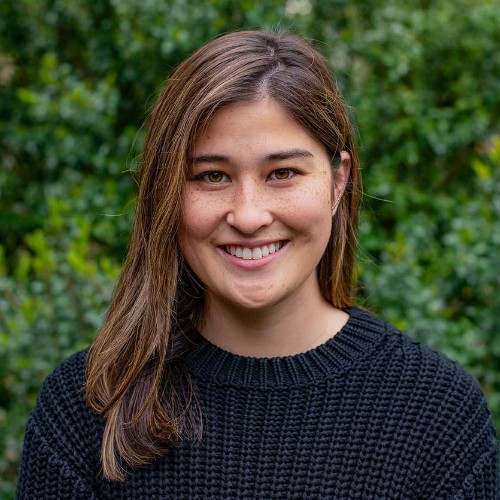
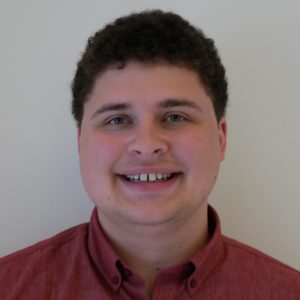

)
)



)
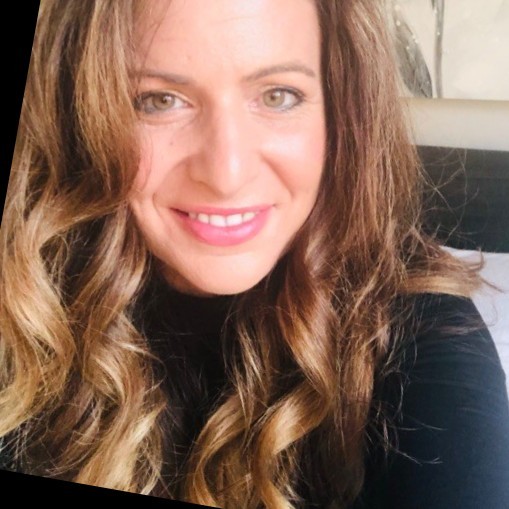


)
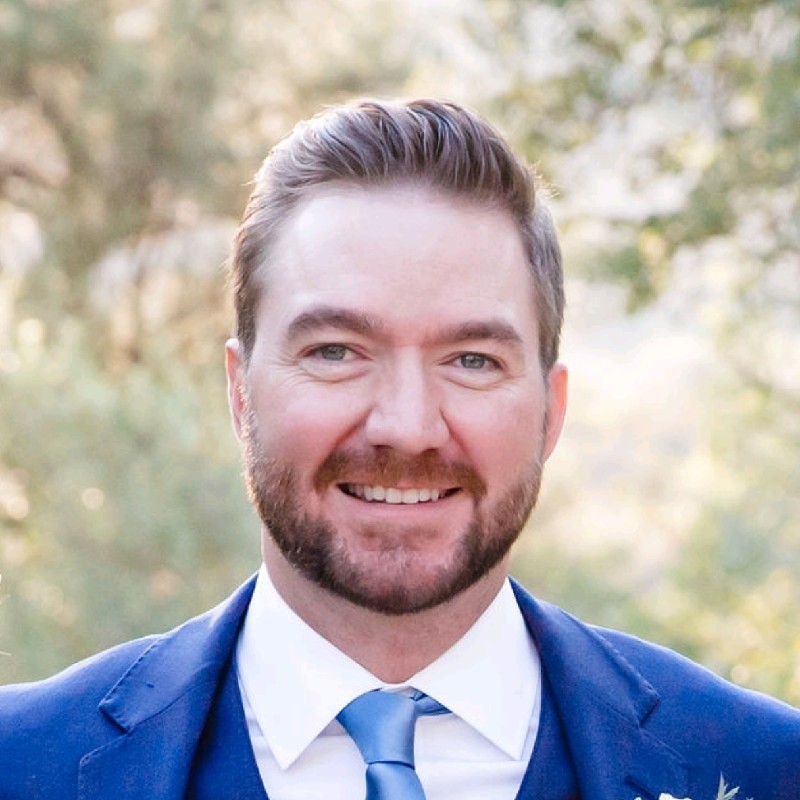


)
)
)
)
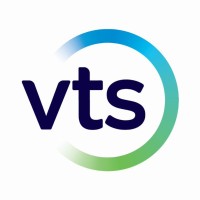
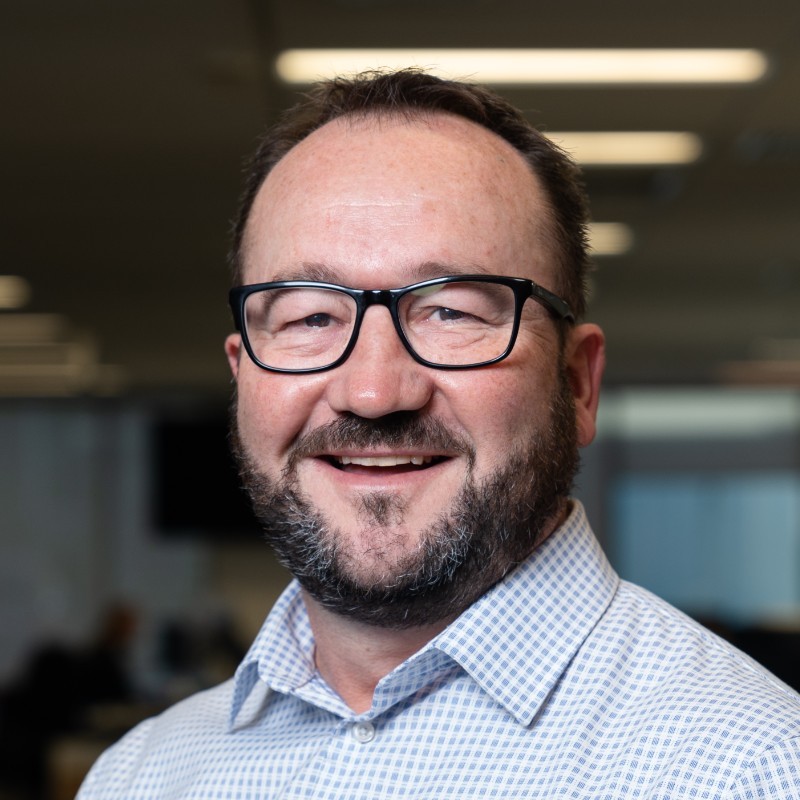

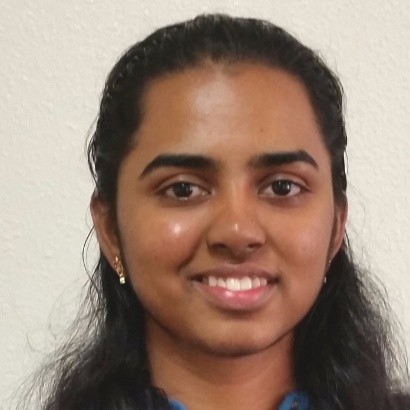
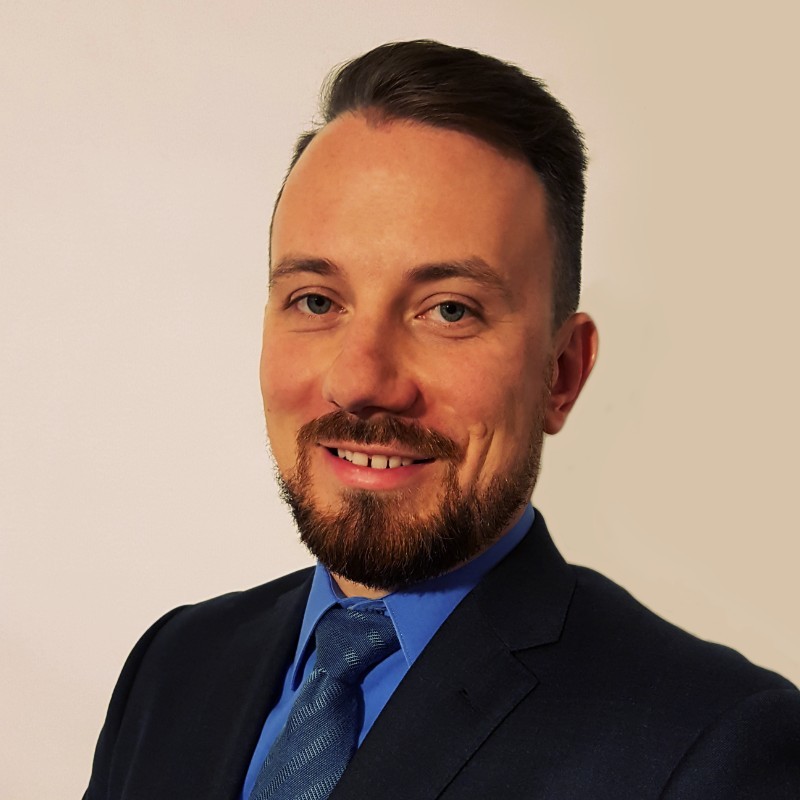
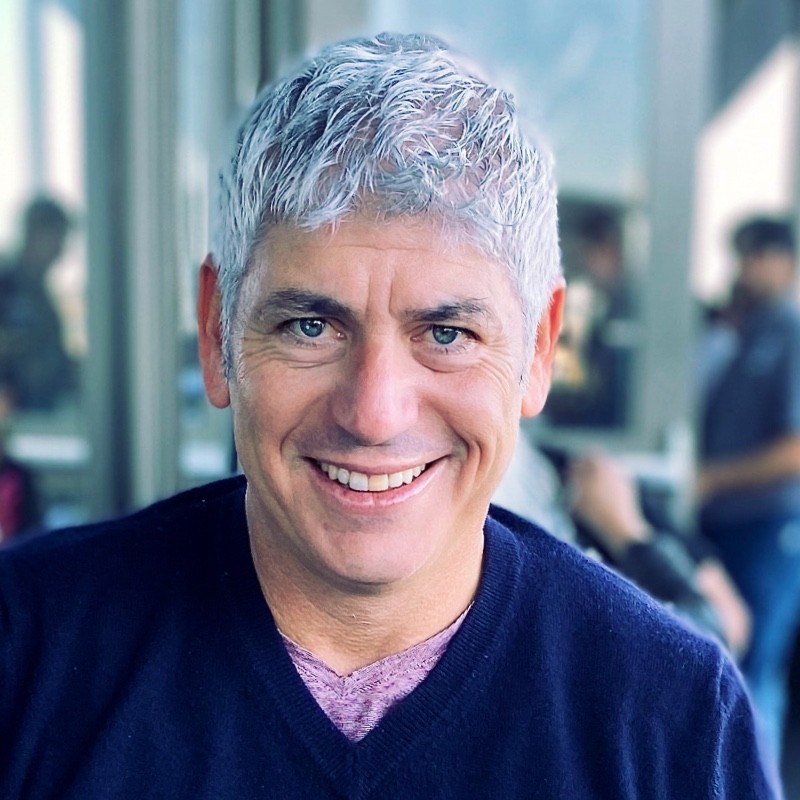
)
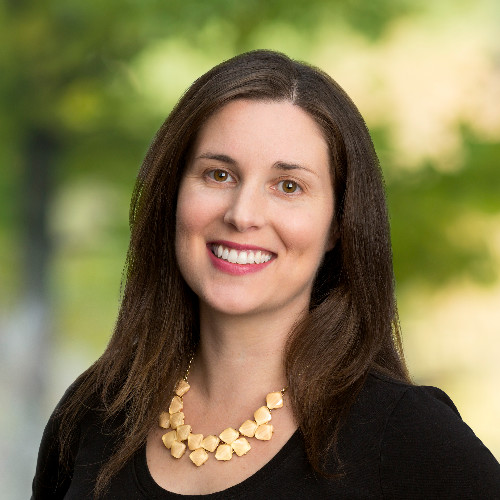

)
)
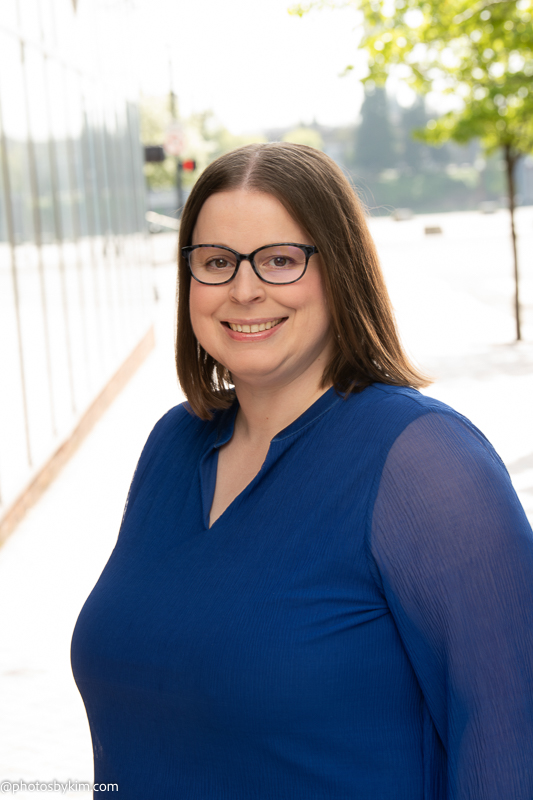

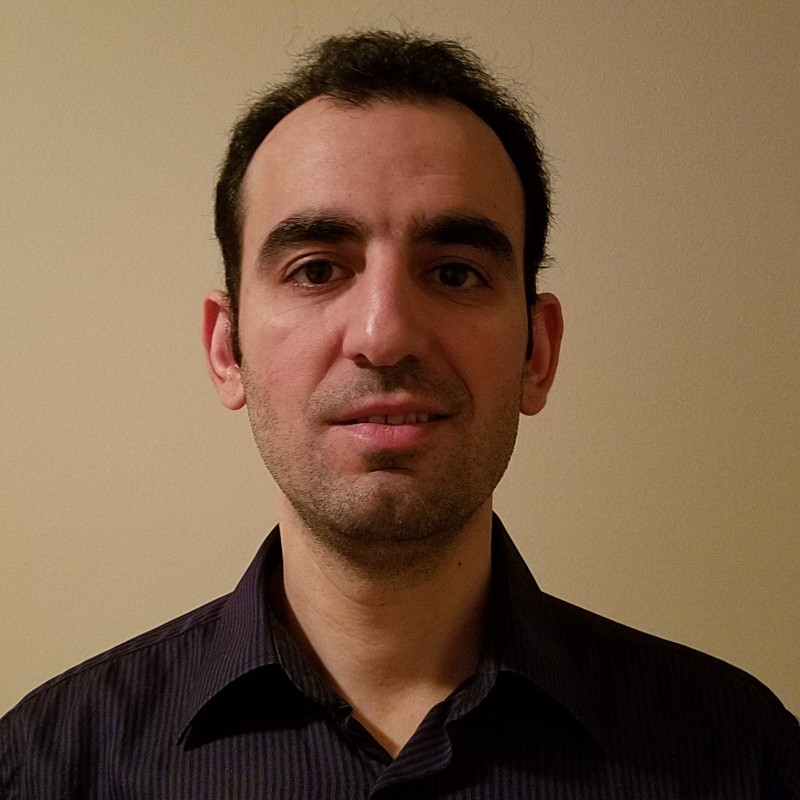


)
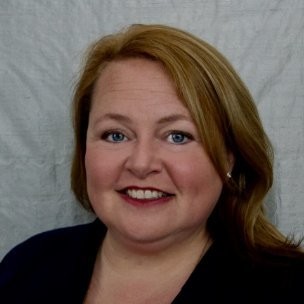
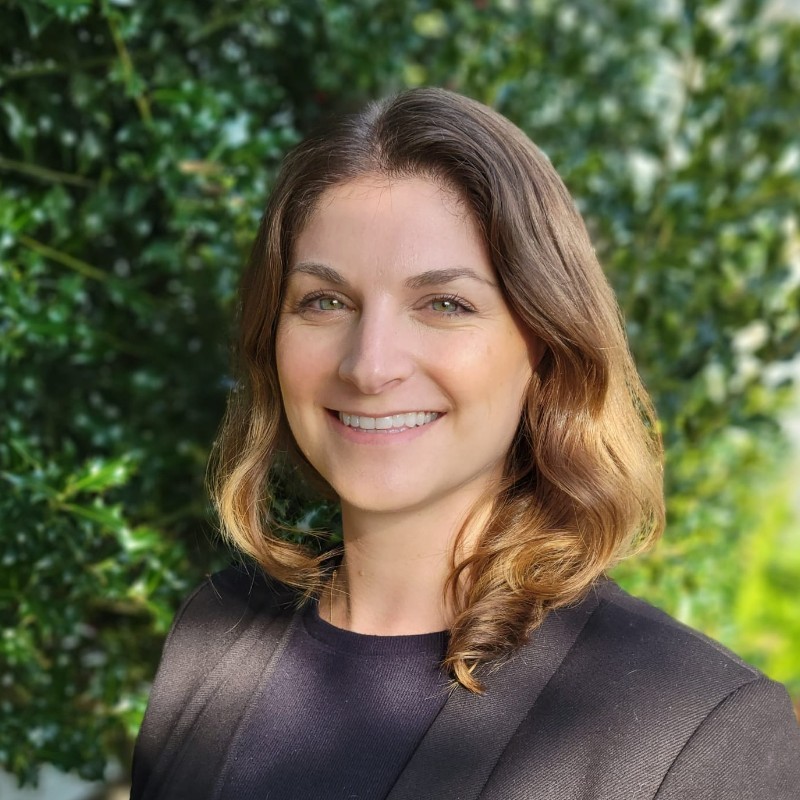

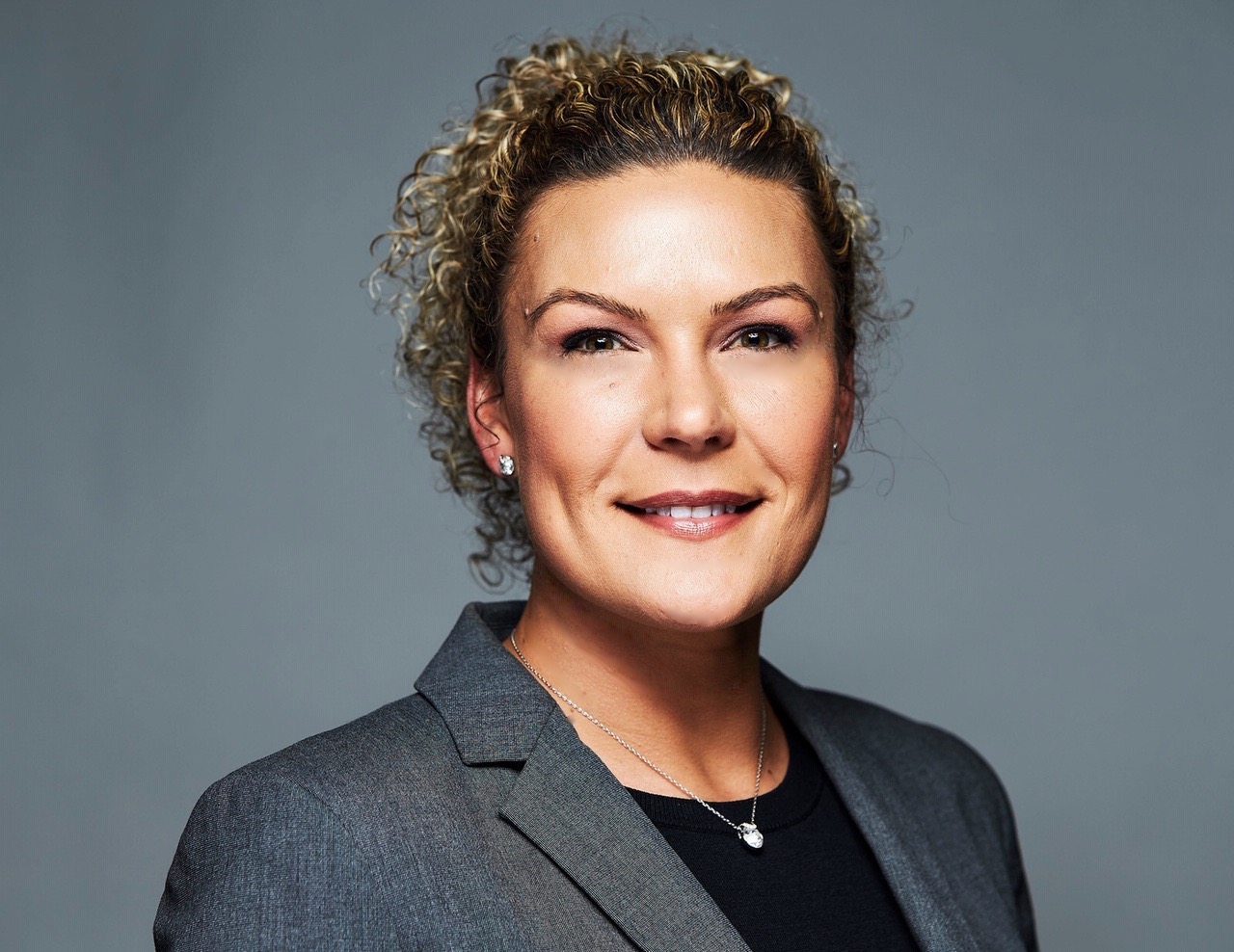

)

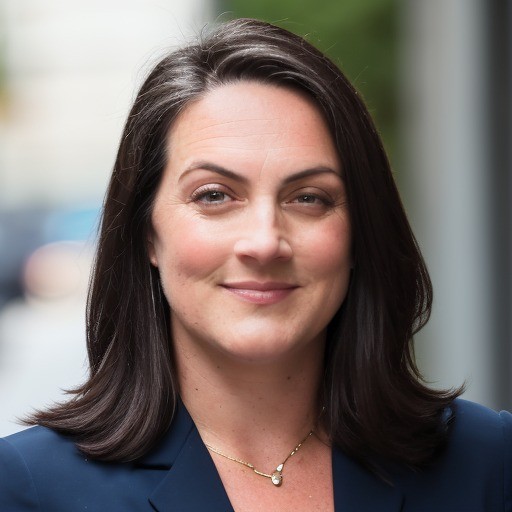
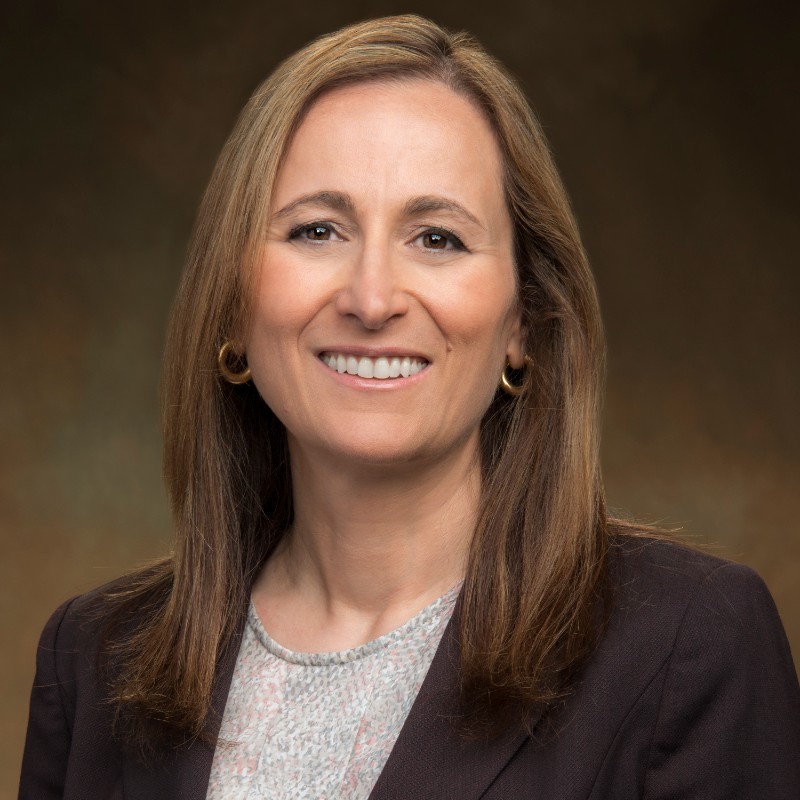
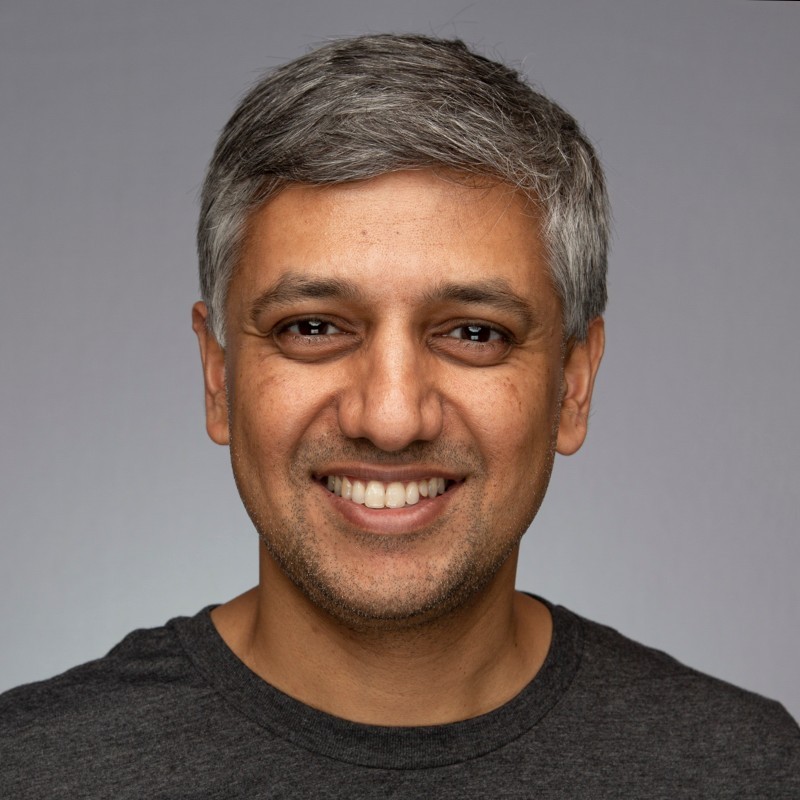
)
